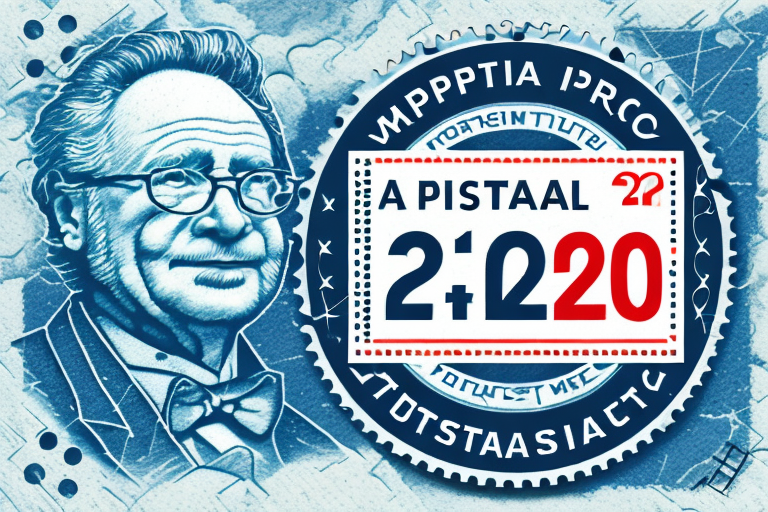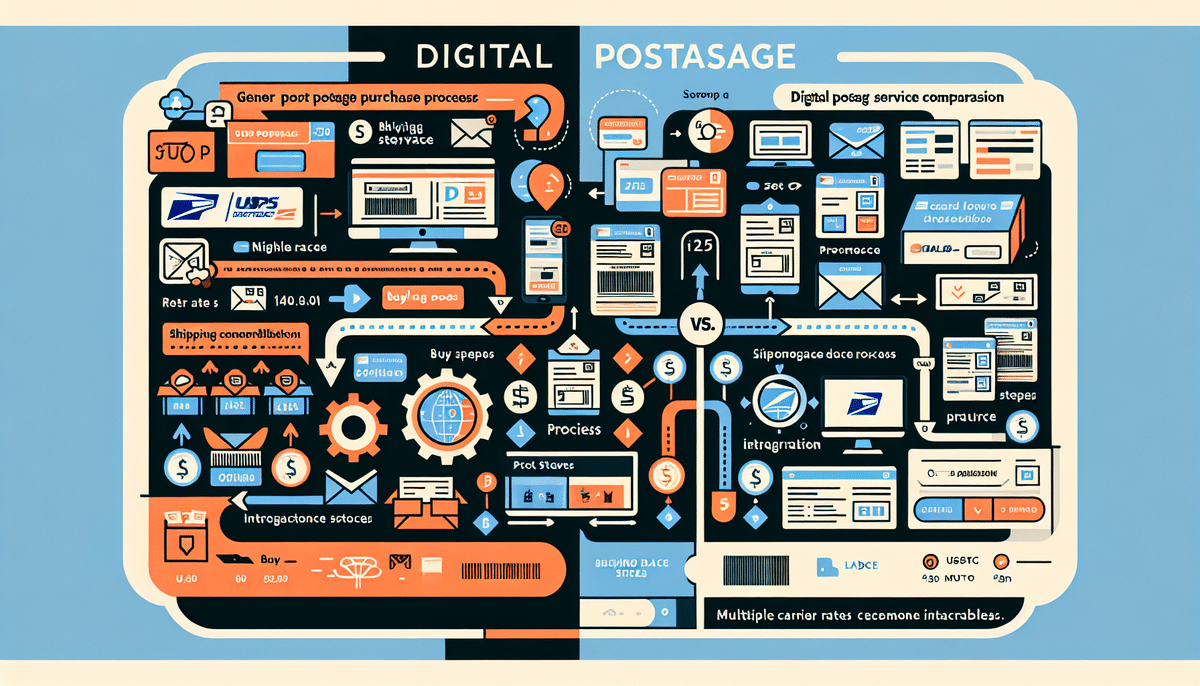What Will the Cost of a First-Class Stamp Be in 2023?
The price of a first-class stamp remains a pertinent concern for the general public. As we navigate through 2023, many are curious about the current and future costs of a first-class stamp. This article delves into the history of stamp prices, the factors influencing their costs, the role of the Postal Regulatory Commission, and predictions for future price changes. Additionally, we offer practical tips on saving money on postage and examine the impact of digital communication on the postal service.
Historical Trends in First-Class Stamp Prices
First-class stamps have been a staple of the postal system since their introduction in 1847. Over the decades, their prices have fluctuated in response to various economic factors. In the late 20th century, stamp prices saw significant increases due to inflationary pressures. For instance, the price rose from 29 cents in 1980 to 32 cents in 1997. More recently, the cost was increased to 63 cents in May 2022 and further to 66 cents in 2023.
The declining use of traditional mail, driven by the rise of digital communication, has influenced stamp pricing. According to the United States Postal Service (USPS), first-class mail volumes have decreased steadily, impacting revenue and prompting adjustments in stamp prices to sustain operations.
Key Factors Influencing Stamp Prices
Inflation and Production Costs
Inflation remains a primary driver of stamp price increases. The cost of raw materials such as paper, ink, and adhesives has risen, directly affecting the production expenses of stamps. Additionally, labor costs associated with manufacturing and distributing stamps contribute to overall price adjustments.
Technological Advancements and Market Changes
Technological innovations have streamlined postal operations, potentially reducing certain costs. However, investment in new technologies, like automated sorting machines and robotics, requires significant capital, which can offset savings and contribute to price increases.
Government Regulations and Policies
Changes in government policies, including taxation and postal regulations, can impact stamp prices. For instance, increased taxes on postal services necessitate higher stamp prices to cover the additional financial burden.
The Postal Regulatory Commission's Role in Stamp Pricing
The Postal Regulatory Commission (PRC) plays a crucial role in determining stamp prices. As an independent regulatory agency, the PRC oversees the USPS and establishes fair pricing structures based on comprehensive cost analyses and market conditions.
The PRC evaluates the USPS's financial health, operational costs, and service demands to set stamp prices that balance affordability for consumers with the sustainability of postal services. Their decisions are influenced by factors such as mail volume trends, technological integration, and economic indicators.
Predictions for Future Stamp Price Increases
Forecasting the exact future cost of a first-class stamp is challenging. However, several trends suggest potential price increases in the coming years. The continued decline in mail volume, coupled with rising production and operational costs, may necessitate further adjustments in stamp prices.
Economic factors like inflation rates and government fiscal policies will also play significant roles. According to financial analyses conducted by the USPS, ongoing investments in technology and infrastructure are expected to require periodic price reviews to maintain service quality and operational efficiency.
Strategies to Save Money on Postage
Bulk Purchasing and Discounts
Purchasing stamps in bulk can lead to cost savings. Retailers and online platforms often offer discounts for large orders, reducing the per-stamp cost for consumers and businesses alike.
Utilizing Digital Services
Embracing digital alternatives such as electronic billing and email communication can decrease the reliance on traditional mail services, thereby lowering postage expenses. The USPS offers online services like discounted postage purchases and package tracking, which can provide additional savings.
Optimizing Mail Size and Weight
Reducing the size and weight of mail items can significantly cut postage costs. Using lightweight materials and compact packaging ensures that mail remains within lower postage tiers, avoiding additional fees for oversized or heavy items.
The Impact of Digital Communication on Postal Services and Stamp Prices
The advent of digital communication has profoundly affected the postal industry. With the surge in email usage and online transactions, the demand for traditional mail services has declined. This shift has pressured the USPS to adapt by optimizing operations and reevaluating pricing strategies to remain financially viable.
Conversely, the rise of e-commerce has increased the volume of package deliveries, providing a new revenue stream for the postal service. This diversification helps offset the decline in letter mail but also necessitates investment in package handling infrastructure.
Comparative Analysis of First-Class Stamp Prices Internationally
First-class stamp prices vary globally, influenced by each country's economic conditions, postal infrastructure, and market demand. For example, as of 2023:
- United States: 66 cents per first-class stamp
- Canada: Approximately 90 Canadian cents
- United Kingdom: Around 76 pence
These differences reflect each nation's unique postal challenges and economic landscapes. Technological adoption and digital communication trends similarly impact international stamp pricing, with some countries offering online postage discounts to encourage digital transactions.
The Enduring Significance of First-Class Stamps
Despite the digital revolution, first-class stamps continue to hold cultural and practical importance. They facilitate personal and business correspondence, legal documentation, and are cherished by philatelists worldwide.
The historical legacy of first-class stamps, dating back to the UK's issuance in 1840 featuring Queen Victoria and the US introduction in 1847 with Benjamin Franklin, underscores their role in connecting people and preserving history.
In today's context, first-class stamps symbolize reliability and accessibility in communication, maintaining their relevance alongside modern technological advancements.
Future Technological Innovations in the Postal Service
The postal service is on the cusp of significant technological advancements aimed at enhancing efficiency and reducing costs. Innovations such as artificial intelligence for mail sorting, drone deliveries, and blockchain for tracking parcels promise to revolutionize postal operations.
These technologies could lead to lower operational costs over time, potentially stabilizing or even reducing stamp prices. However, initial investments and the transition period may temporarily influence pricing structures.
Continued innovation will be essential for the USPS to remain competitive and responsive to evolving consumer needs, ensuring that first-class stamps remain an affordable and vital component of the postal system.
Conclusion
As of 2023, the cost of a first-class stamp is 66 cents, with potential for future increases driven by inflation, operational costs, and evolving market dynamics. The Postal Regulatory Commission plays a pivotal role in balancing affordability with the financial sustainability of postal services. Consumers can employ various strategies to minimize postage expenses, while the postal service continues to adapt through technological innovation and service diversification.
Understanding these factors provides valuable insight into the ongoing relevance and pricing of first-class stamps in an increasingly digital world.








